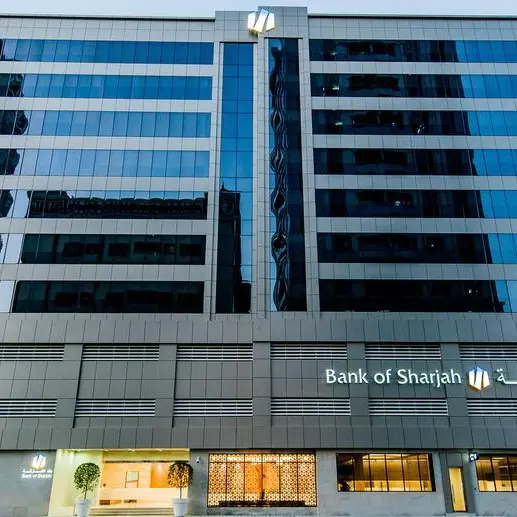PHOTO
MUMBAI - The Reserve Bank of India's (RBI) heightened regulatory scrutiny of lenders will improve governance and curtail exuberant lending but may raise their cost of capital as well as slow loan growth, S&P Global Ratings said on Tuesday.
The RBI tightened its norms on unsecured loans last November and warned lenders against "all forms of exuberance," worried about rising risks to the financial system. It has stepped up its vigilance, Reuters reported last week, to target new areas in retail lending, including mortgage-linked "top-up" loans.
The RBI has also been cracking down on non-compliant lenders, including on two non-bank firms recently -- one for inadequate gold loan-related due diligence and another for deficiencies in issuing loans towards public issue subscriptions.
Such actions will curtail lenders' "over-exuberance, enhance compliance culture and safeguard customers" but "could impede growth and raise the cost of capital for financial institutions," S&P credit analyst Geeta Chugh said in a note.
The increased focus on compliance, combined with tight liquidity in the banking system, will slow down credit growth to 14% in 2024-25 from 16% this financial year, S&P estimated.
The stricter rules may also disrupt affected entities, increase caution among fintechs and other regulated entities, and even dent their earnings and reputation, S&P said.
"We expect the investors in the financial sector will seek a higher premium for the increased regulatory risk associated with their investments," said S&P.
However, Fitch Ratings said in a separate note that Indian banks' profitability is likely to stay "resilient" despite the pressure on margins.
Fitch expects banks' net interest margins (NIM) to narrow by 10-20 basis points over the next two years amid rising funding costs given the competition for deposits.
Banks are likely to further reallocate their investments in government securities above statutory reserve requirements towards loan growth, Fitch added.
"We expect some gap between loan growth and deposit growth to persist, implying that banks with a greater share of low-cost deposits will have the advantage."
(Reporting by Siddhi Nayak; Editing by Savio D'Souza)












